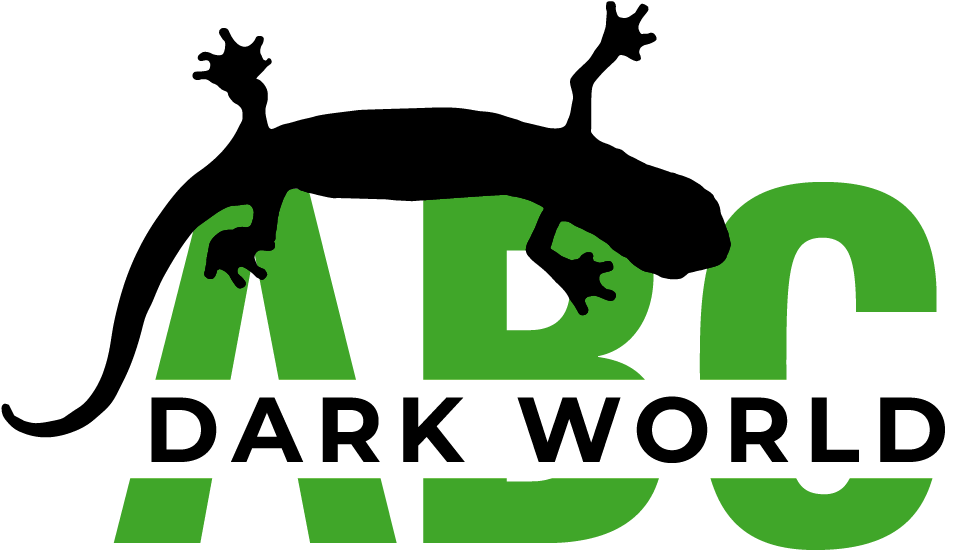The ICSB and ISAE events are about to begin, and we have prepared a special conference kit for each participant, which includes a unique T-shirt. While providing T-shirts may be common at events like these, we are particularly proud of this year’s design, created by Jagoba Malumbres-Olarte. His illustrations are already well-regarded within the scientific community, and we believe his remarkable contributions should not go unnoticed.
Having had the pleasure of meeting Jagoba during these past few days, we took the opportunity to sit down with him for an interview.
Welcome to Cagliari, Jagoba. We appreciate you finding time for this interview, we couldn’t just let you go. Your design for the ICSB conference t-shirt is captivating. Tell us about your design, what was the inspiration for it?
Jagoba: Thank you! It’s a pleasure to be here. Well, the illustration was inspired by the intricate ecosystems of subterranean environments and the different questions or activities related to their research. I wanted to portray the beauty and complexity of underground life, while showing how these hidden worlds contribute to biodiversity and science.
But, this is not your first illustration, we have seen many of your artworks. What drove you to start creating designs focused on science?
Jagoba: As a researcher and ecologist, I understand how essential it is to communicate scientific work effectively, both inside and outside academia. My work is about blending art and science – creating illustrations that make complex research visually accessible to everyone. This is particularly important in fields like subterranean biology, where much of the subject matter is hidden from everyday view.
Q: It’s clear that your passion goes beyond just the artwork. How do you approach your scientific illustrations?
Jagoba: I work with a wide range of media and styles, tailoring my approach depending on the subject, audience, and purpose. For example, I create highly realistic portraits for taxonomic publications, schematic diagrams for process-based research, and creative illustrations to promote scientific projects or communicate to non-specialists. The key is to find the best visual method to convey the take-home message, whether it’s a summary of a scientific seminar or an educational image for a broad audience.
Your illustrations seem to be everywhere, from conferences to publications. What other roles do your illustrations play in the scientific community?
Jagoba: My illustrations serve many purposes. They can promote conferences like this one, advertise research, or even help explain findings to a non-academic audience. I work on graphic facilitation for scientific workshops, create visuals for conference proceedings, and even contribute with illustrations for awards recognizing outstanding research. It’s all about making science more engaging and easier to understand.
One of my recent work was for the 34th European Congress of Arachnology where I created six illustrations to summarize four plenary sessions and two symposia. For example, in one illustration for the symposium on arachnid genomics, I used a DNA spiral to represent key research areas like adaptation, phylogenetics, and predation. Another piece focused on the defense strategies of arachnids, visualizing a diverse range (a cornucopia) of mechanisms like camouflage and mimicry. My aim was to visually summarize these complex topics, making them easy to understand for both attendees and the broader public, and to promote the congress itself.
I have many excellent examples. I believe that my portfolio summarises good the things that I can communicate.
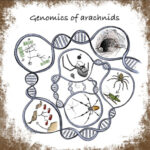
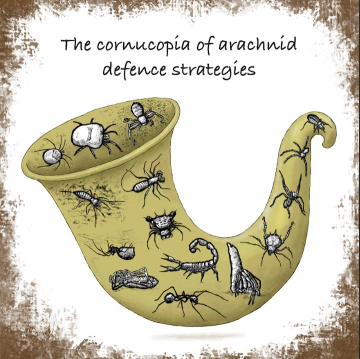
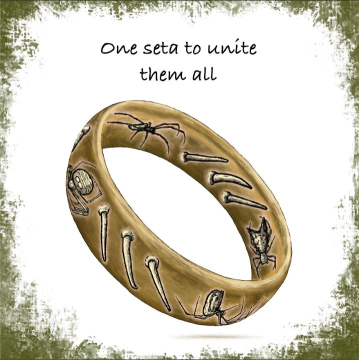
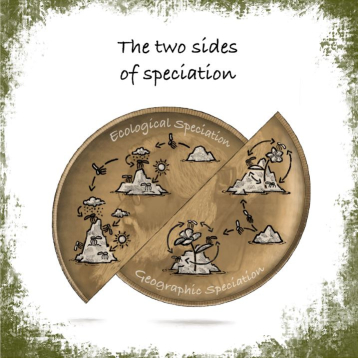
Why do you think it’s important to communicate science to non-scientific audiences?
Jagoba: Science impacts everyone, so it’s crucial that we make it accessible and understandable to the general public. Engaging non-scientific audiences fosters greater appreciation and support for research, which can influence policy, funding, and public attitudes toward critical issues like conservation and climate change. As scientists, we have a responsibility to share our discoveries with the world beyond academia, and illustrations are an effective way to do that—they can simplify complex concepts, making them more relatable and engaging.
In today’s digital age, science needs to embrace social media by being engaging, accessible, and even humorous at times. A captivating illustration can influence public opinion and help bridge the gap between academia and the general public. By collaborating on visuals that resonate with wider audiences, we can inspire future generations of scientists and potentially make important messages go viral. In ecology, raising awareness about key issues through compelling imagery would help us achieve our mission more effectively. We really need to explain what scientists do and why they do it if we want to support science. After all, we all support such of it through our taxes.
What advice would you give to researchers who might want to use illustrations to promote their work?
Jagoba: I always encourage researchers to consider how visuals can enhance their communication. Whether it’s explaining complex data or engaging the public, an illustration can be a powerful tool. If anyone is interested in this, I’m always open to collaborating on new topics – you can see more examples of my work in my online portfolio.
As an artist and designer, I truly value when people acknowledge my work, just as in research, where scientists cite previous publications. And just like in scientific research, this is crucial because it not only shows respect for our contribution but also an understanding that creators deserve recognition and compensation for their efforts. Proper credit reflects appreciation for the work and the time invested in it.
Thank you, Jagoba! We are looking forward to seeing more of your work, and hopefully from ICSB conference.
Jagoba: Oh, you’re welcome. I look forward to this event too.
You can meet Jagoba during the event and if you wish to have your talk illustrated just talk to him.
Contact information: Jagoba.Malumbres.Olarte@gmail.com
To access his work, visit his digital channels:
Behance: https://www.behance.net/gallery/88213475/Scientific-Seminars
Issuu: https://issuu.com/jmalumbresolarte/docs/portfolio_jmalumbres-olarte
Twitter: https://x.com/jago_mo
Instagram: https://www.instagram.com/jmalumbresolarte
